A new report reveals that dying trees due to insects and disease have caused Colorado's forests to emit more carbon than they absorb, highlighting the complex relationship between forest health and climate change.
Colorado 's forests have long been recognized for their immense carbon storage capacity. However, a recent report by the Colorado State Forest Service reveals a concerning shift: dying trees, primarily due to insect infestations and disease outbreaks, have caused the state's forests to release more carbon than they absorb.
This trend poses a significant challenge as policymakers grapple with strategies to mitigate climate change and forest managers seek sustainable approaches to forest and carbon management. \The report highlights the crucial role trees play in sequestering carbon dioxide from the atmosphere. Through photosynthesis, trees convert CO2 into biomass, effectively locking away this heat-trapping gas. Conversely, dead trees slowly release this stored carbon as they decompose. The report's findings underscore the need for a nuanced understanding of forest carbon dynamics. While forests historically have served as substantial carbon sinks, recent disturbances, including severe droughts and wildfires, have tipped the balance, making them net carbon sources. \Tony Vorster, the lead author of the report and a research scientist at the Natural Resource Ecology Laboratory, emphasizes the need to reconsider the reliance on forests as a primary tool for carbon offsetting. He cautions that ongoing droughts and wildfires will likely exacerbate this trend, making Colorado's forests an even greater source of carbon emissions in the future. The report, which covers the period from 2002 to 2019, does not yet reflect the impacts of recent large-scale wildfires. Future updates will incorporate these events, providing a more comprehensive picture of the state's carbon balance. \Developed by researchers from the Colorado State Forest Service and the Natural Resource Ecology Laboratory, both part of Colorado State University's Warner College of Natural Resources, the Forest Carbon Inventory provides a detailed assessment of carbon storage in Colorado's forests and harvested wood products. The inventory serves as a valuable baseline for measuring long-term changes and evaluating the effectiveness of forest management practices. It will be updated every few years to reflect the evolving dynamics of the state's forests.
CARBON FORESTS CLIMATE CHANGE COLORADO TREES INSECTS DISEASE WILDFIRES CARBON INVENTORY
United States Latest News, United States Headlines
Similar News:You can also read news stories similar to this one that we have collected from other news sources.
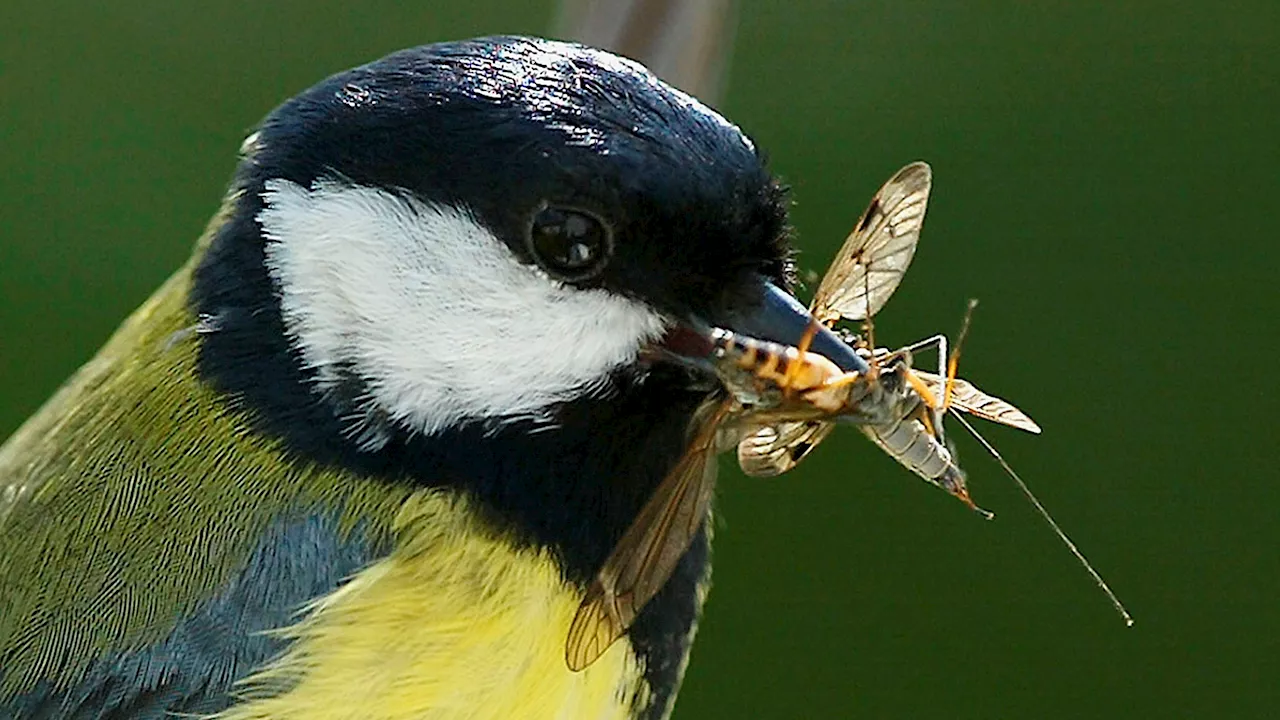 Younger Forests May Not Be as Good for Birds as Old-Growth ForestsA new study finds that while logged forests can regenerate into appearing like old-growth forests, younger forests may not offer the same quality of habitat for birds. Researchers in Latvia compared wild forests over 100 years old with managed pine forests 40-50 years old. They found that younger forests had fewer insects, which led to higher stress levels and shorter telomeres in great tit nestlings compared to those in older forests.
Younger Forests May Not Be as Good for Birds as Old-Growth ForestsA new study finds that while logged forests can regenerate into appearing like old-growth forests, younger forests may not offer the same quality of habitat for birds. Researchers in Latvia compared wild forests over 100 years old with managed pine forests 40-50 years old. They found that younger forests had fewer insects, which led to higher stress levels and shorter telomeres in great tit nestlings compared to those in older forests.
Read more »
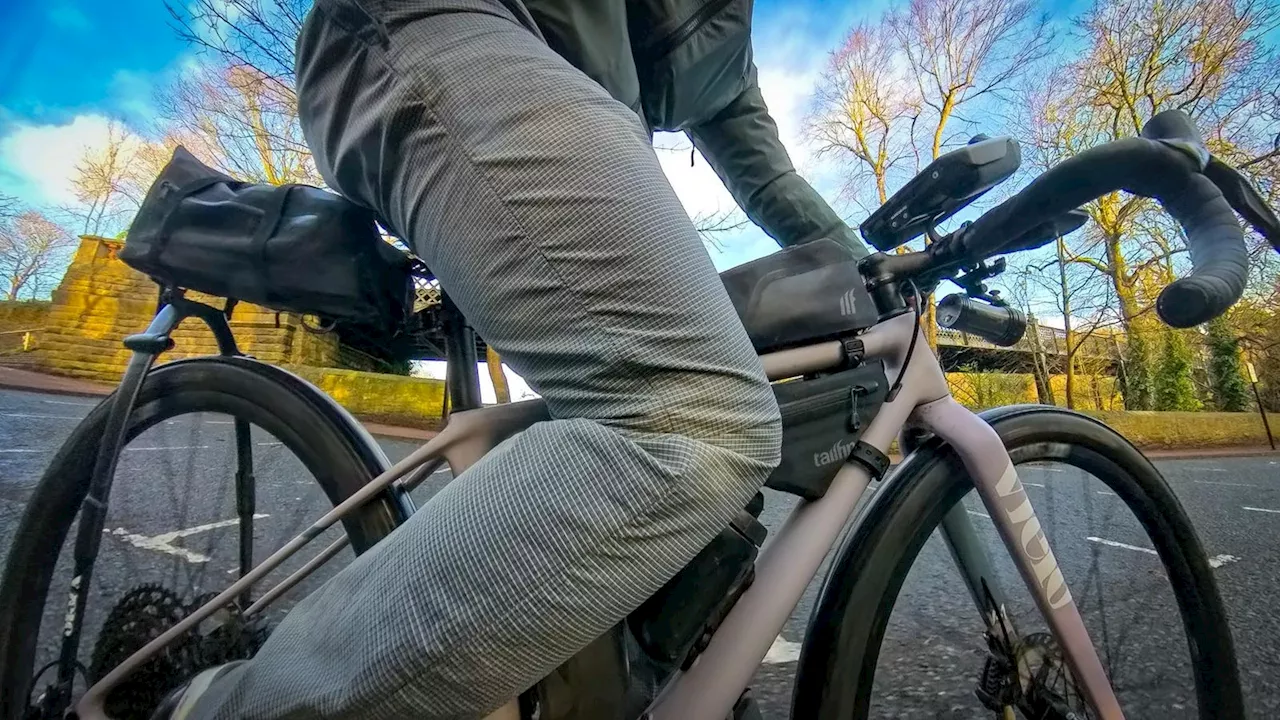 Carbon Composite Pants For Your Carbon Composite BicycleThe experimentalists at Vollebak clothing of London have made part carbon composite pants.
Carbon Composite Pants For Your Carbon Composite BicycleThe experimentalists at Vollebak clothing of London have made part carbon composite pants.
Read more »
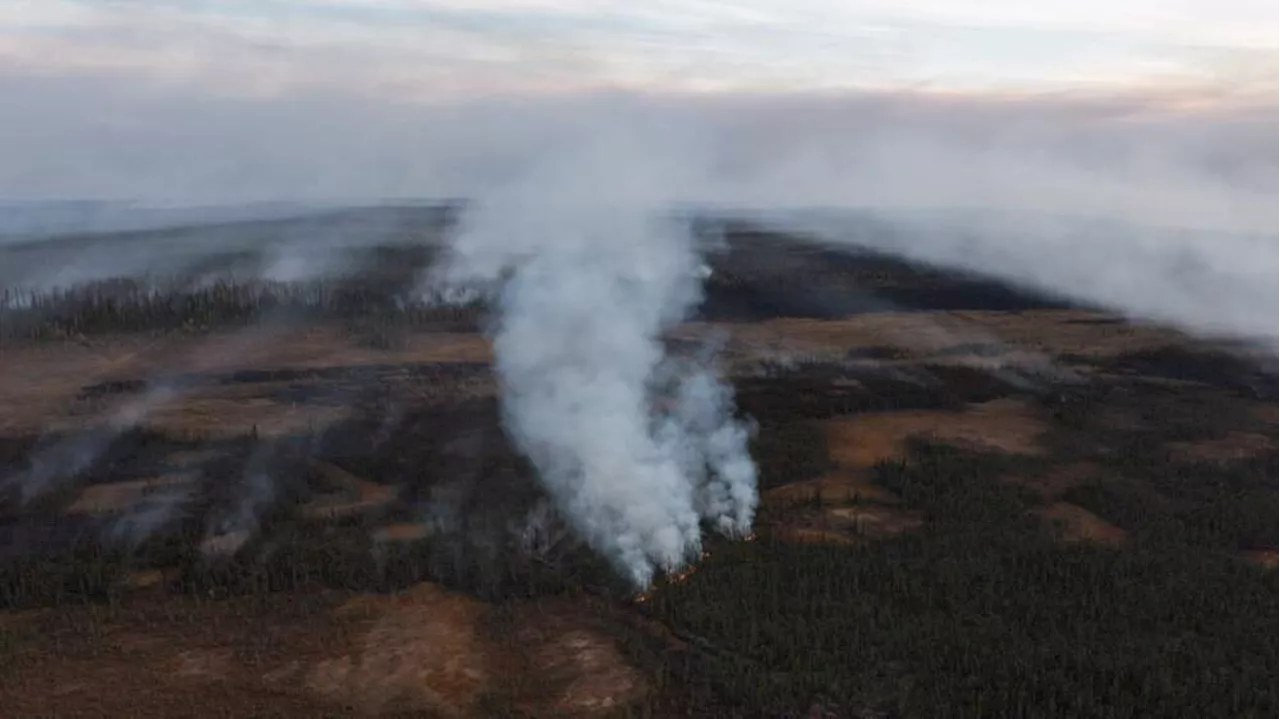 Arctic's Carbon Sink Shifting to Emissions, Study FindsA new study reveals that a significant portion of the Arctic's tundra, forests, and wetlands, which have traditionally acted as carbon sinks, are now releasing carbon dioxide into the atmosphere. This shift is attributed to warming temperatures, changes in vegetation growth, and increasing wildfire frequency. While the Arctic remains a net carbon sink globally, the study highlights the alarming consequences of climate change on this vital ecosystem.
Arctic's Carbon Sink Shifting to Emissions, Study FindsA new study reveals that a significant portion of the Arctic's tundra, forests, and wetlands, which have traditionally acted as carbon sinks, are now releasing carbon dioxide into the atmosphere. This shift is attributed to warming temperatures, changes in vegetation growth, and increasing wildfire frequency. While the Arctic remains a net carbon sink globally, the study highlights the alarming consequences of climate change on this vital ecosystem.
Read more »
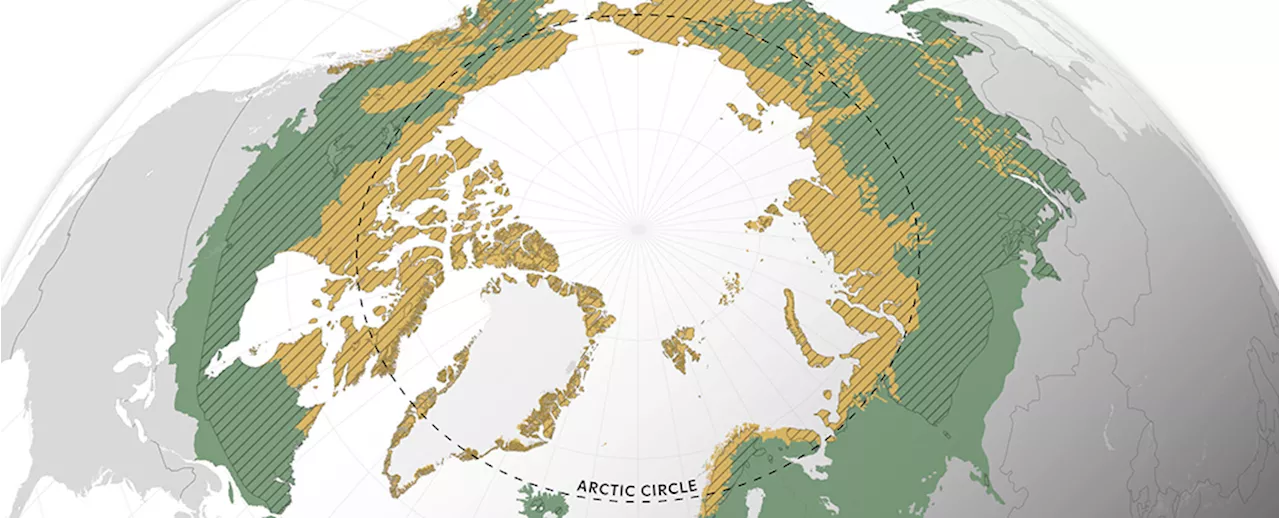 Arctic-Boreal Zone: Shifting Carbon Balance Raises ConcernsNew research reveals that over a third of the Arctic-Boreal Zone (ABZ), encompassing tundra, forests, and wetlands, is now emitting more carbon than it absorbs. While the ABZ remains a net carbon sink, increasing wildfires are offsetting carbon uptake, particularly in tundra regions. The study highlights the need for detailed monitoring to understand the evolving dynamics of carbon storage in the Arctic.
Arctic-Boreal Zone: Shifting Carbon Balance Raises ConcernsNew research reveals that over a third of the Arctic-Boreal Zone (ABZ), encompassing tundra, forests, and wetlands, is now emitting more carbon than it absorbs. While the ABZ remains a net carbon sink, increasing wildfires are offsetting carbon uptake, particularly in tundra regions. The study highlights the need for detailed monitoring to understand the evolving dynamics of carbon storage in the Arctic.
Read more »
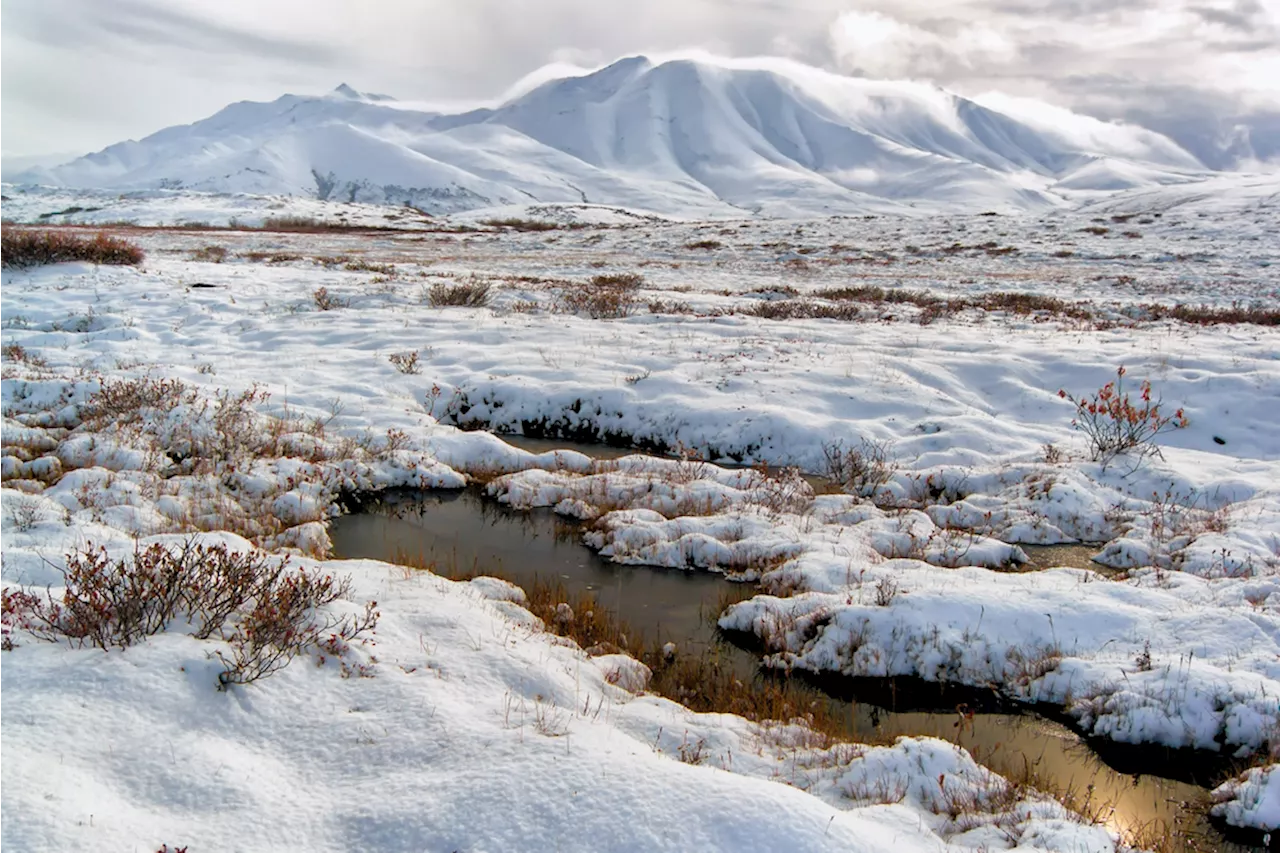 Permafrost Thaw and Wildfires Are Raising CO2 Emissions in Arctic TundrasLearn about hotspots in tundras and boreal forests that are releasing higher level of carbon dioxide, altering the carbon balance in the world's coldest regions.
Permafrost Thaw and Wildfires Are Raising CO2 Emissions in Arctic TundrasLearn about hotspots in tundras and boreal forests that are releasing higher level of carbon dioxide, altering the carbon balance in the world's coldest regions.
Read more »
 Man killed by stray weight at Colorado track and field meet remembered as dedicated husband, dadRelatives of a spectator killed by an errant weight thrown at a youth track and field meet in Colorado say he was a dedicated father with a great sense of humor. Fifty-seven-year-old Wade Langston of Colorado Springs was killed Sunday at the Colorado United Track Club meet at the University of Colorado’s Colorado Springs campus.
Man killed by stray weight at Colorado track and field meet remembered as dedicated husband, dadRelatives of a spectator killed by an errant weight thrown at a youth track and field meet in Colorado say he was a dedicated father with a great sense of humor. Fifty-seven-year-old Wade Langston of Colorado Springs was killed Sunday at the Colorado United Track Club meet at the University of Colorado’s Colorado Springs campus.
Read more »
